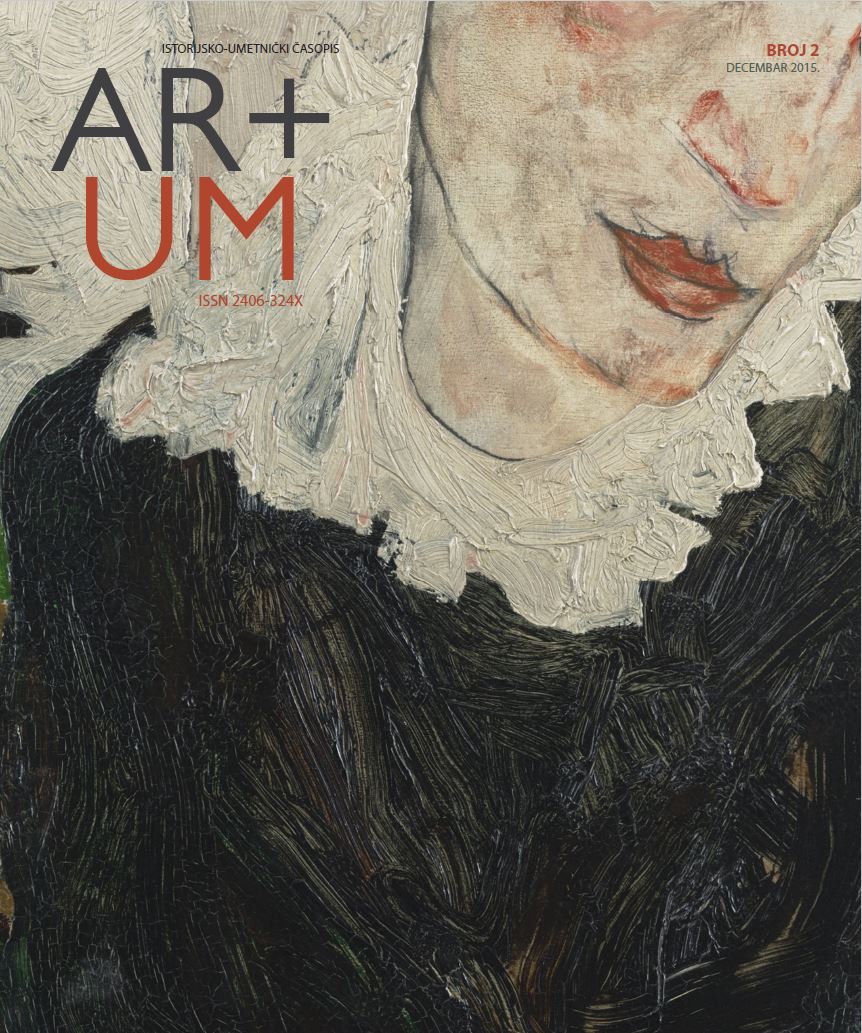Mazačova primena linearne perspektive na slici Sveto Trojstvo kao početak novog veka
Masaccio’s Use of One-point Linear Perspective in Holy Trinity as the Beginning of New Era Painting
Author(s): Luka VukićevićSubject(s): Christian Theology and Religion, Architecture, Visual Arts, 15th Century
Published by: Филозофски факултет, Универзитет у Београду
Keywords: Masaccio;Linear Perspective;geometry in art perception;Bruneleschi;Alberti
Summary/Abstract: Renaissance in art, thus the art of the new age as a whole, begins with the use of linear perspective developed by Bruneleschi. Masaccio was the first painter to apply the technique successfully in his Holy Trinity fresco. This allowed Alberti in his 1435 treatise On Painting to define it with his system of „checkerboard floors”. Although different, both linear perspective techniques rely on one central and one lateral vanishing point. Martin Kemp and Joseph Polzer offer a plausible reconstruction of the strategy that Masaccio used to paint his Trinity fresco which provides insight into the painters familiarity with classical and medieval geometry. The objective of this work is to show how the painter managed successfully to create an illusion of space and depth on a flat wall in the church of Santa Maria Novella in Florence.
Journal: Artum - Istorijsko-umetnički časopis
- Issue Year: 2/2015
- Issue No: 2
- Page Range: 36-42
- Page Count: 7
- Language: Serbian

